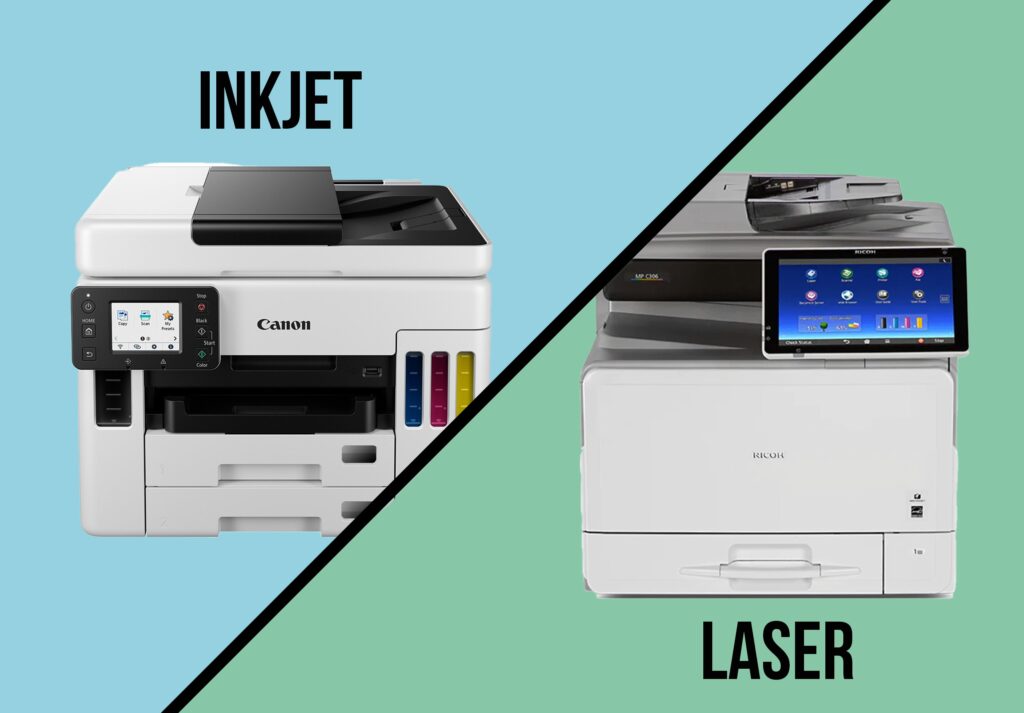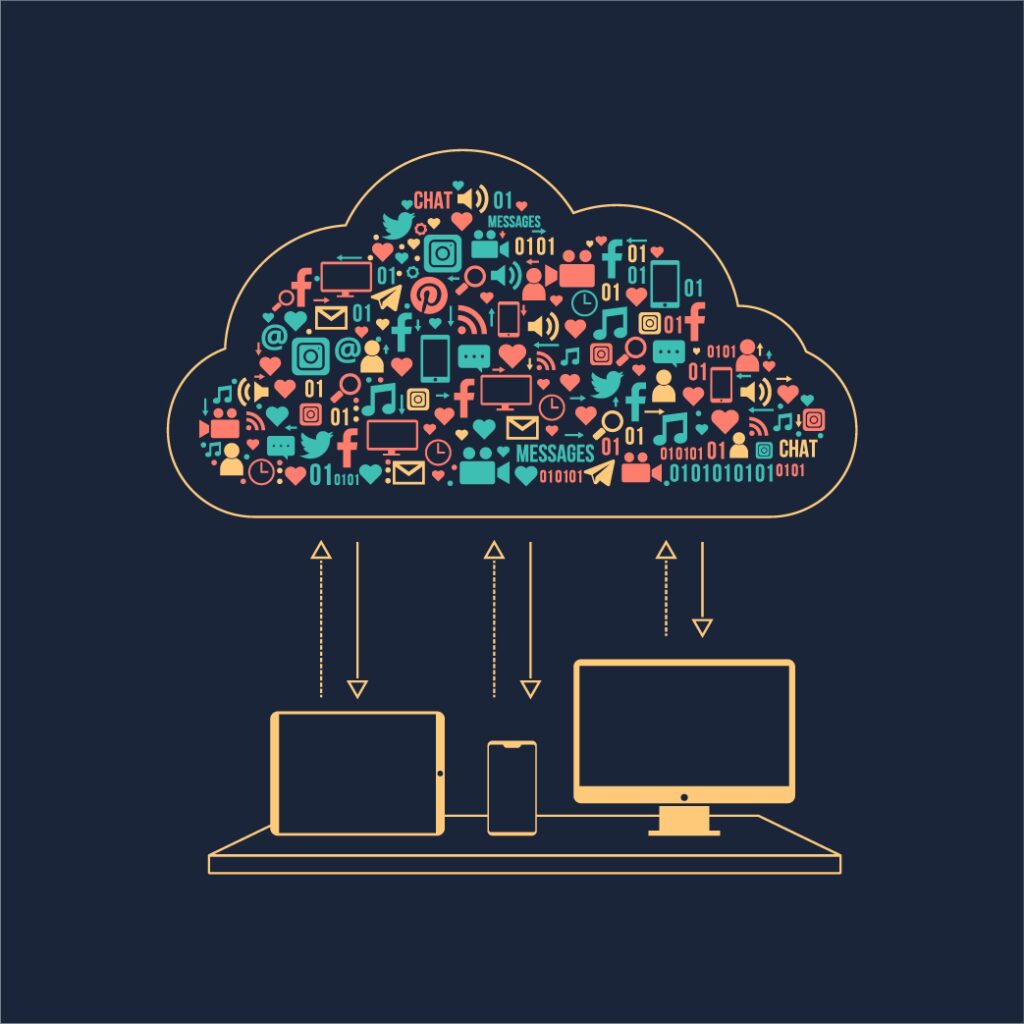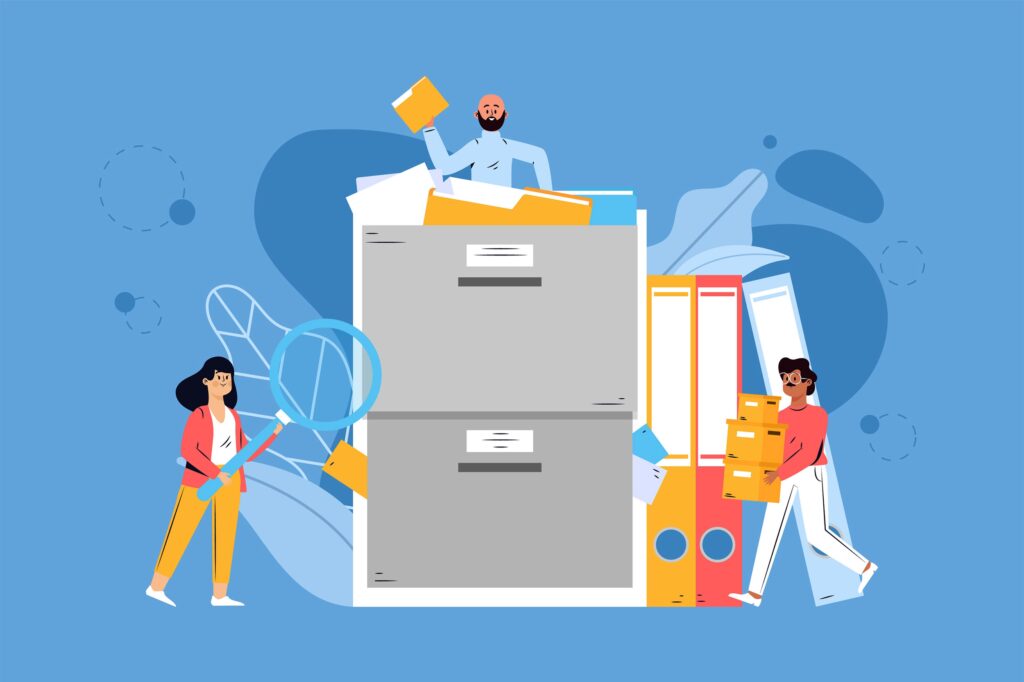
When it’s time to upgrade your office printer, one of the first questions that comes up is:
Should we get a laser printer or an inkjet?
Both technologies have improved dramatically in recent years, and each serves a slightly different type of user. Choosing the right one depends on your printing volume, budget, and the kind of documents your business produces most often.
In this guide, we’ll break down how laser and inkjet printers work, their pros and cons, and how to decide which is best for your office, whether you’re a small business, a remote worker, or a large organization in Long Island, NYC, or the greater New York metro area.
How Laser and Inkjet Printers Work
Before we compare costs and performance, it helps to understand what’s happening inside each machine.
Inkjet Printers
Inkjet printers spray tiny droplets of liquid ink directly onto paper. They’re known for producing vibrant color and detailed photo prints, which makes them popular for marketing materials and home use.
Laser Printers
Laser printers use toner (a fine, powdered pigment) fused to the paper with heat. The laser beam creates an electrostatic image on a drum, which attracts the toner and transfers it to the page. The result: fast, sharp, smudge-free prints.
Speed and Volume: Laser Wins for Workgroups
If your team prints dozens or hundreds of pages per day, laser printers are built for you.
- Laser printers can output 20–60 pages per minute (ppm), depending on the model.
- Inkjet printers, even fast business-class ones, average around 10–20 ppm.
Laser printers are designed for shared office environments, where reliability and speed matter more than photo quality.
Rule of thumb: For high-volume printing (over 1,000 pages per month), laser is the way to go. For lighter or occasional printing, inkjet can be perfectly fine.
Print Quality and Color Accuracy
- Inkjet printers excel in color depth and image detail, ideal for photographs, marketing brochures, or designs that demand high color fidelity.
- Laser printers produce crisp text and graphics that are resistant to smudging or fading—perfect for business reports, forms, and legal documents.
If your business prints mostly text and graphics, you’ll appreciate the sharpness of laser.
If you print photos, color proofs, or creative materials, inkjet gives you richer hues and smoother gradients.
Cost: The Long-Term Difference
At first glance, inkjet printers often seem cheaper—but that’s only part of the story.
Upfront Cost
Inkjet models typically cost less upfront.
Laser printers are more expensive, but they’re built for higher duty cycles and durability.
Cost Per Page
Ink cartridges run out quickly, especially in color printing. Toner cartridges, while pricier, last far longer.
| Printer Type | Black & White Cost per Page | Color Cost per Page |
| Inkjet | $0.05–$0.15 | $0.15–$0.50 |
| Laser | $0.02–$0.06 | $0.08–$0.15 |
For high-volume users, that cost difference adds up quickly. Over the life of a printer, laser models almost always win on total cost of ownership.
Maintenance and Reliability
Laser printers are known for being workhorses. They require less frequent replacement of consumables and can handle heavy daily use without much downtime.
Inkjet printers, on the other hand, can suffer from clogged printheads if left unused for long periods. Regular printing keeps ink flowing, but infrequent users may waste cartridges just cleaning nozzles.
Maintenance Summary:
| Feature | Laser Printer | Inkjet Printer |
| Printhead Clogging | Rare | Common |
| Cartridge Yield | High | Low |
| Warm-Up Time | Slightly longer | Instant |
| Longevity | 5–10 years | 2–5 years |
Space and Noise
Modern laser printers are quieter than ever, but inkjets still tend to be smaller and lighter.
For small offices, remote setups, or hybrid workers, a compact inkjet or desktop MFP may fit better.
For centralized office printing, a multifunction laser printer is typically the smarter choice.
Environmental Impact
There’s no clear winner here, it depends on how you use them.
- Laser printers use more electricity (for the fuser unit that melts toner).
- Inkjet printers create more plastic waste due to frequent cartridge replacements.
The best option is to choose ENERGY STAR certified printers and recycle toner and ink cartridges responsibly. Emerald Document Imaging can help set up recycling programs for Long Island and NYC clients to reduce environmental impact.
Which Is Right for Your Business?
Let’s break it down by use case:
| Business Type | Best Choice | Why |
| Small / Home Office | Inkjet or Desktop MFP | Compact, affordable, good for light use |
| Medium Office | Laser MFP | Handles multiple users, faster output |
| Creative / Marketing Teams | Inkjet | Superior color for graphics and photos |
| Legal / Financial / Corporate | Laser | Crisp text, reliability, and speed |
| Architecture / Engineering / Construction | Laser or Wide-Format | Consistent line quality for plans and blueprints |
Pro Tip: Consider a Multifunction Laser Printer
If you need printing, copying, scanning, and faxing in one device, a Multifunction Printer (MFP) combines all of these features efficiently.
Modern MFPs include cloud connectivity, security features, and energy-efficient design—making them ideal for modern offices.
Emerald Document Imaging carries a range of Ricoh multifunction printers and copiers designed for businesses across Long Island, NYC, and the New York metro area. We can help assess your print volume, color needs, and workflow to recommend the right model.
If your office prints primarily documents and you value speed and cost efficiency, a laser printer is the clear winner.
If you need vivid, high-quality color prints or only print occasionally, inkjet might suit you better.
Choosing the right printer isn’t just about technology—it’s about total cost, reliability, and how printing fits into your workflow.
Contact us today for help choosing the right printer or copier for your business →
Emerald Document Imaging – Serving Long Island, NYC, and the New York Metro Area



